LTE vs 4G: Which is better?
Comparing LTE vs 4G has become common in recent years, but how exactly do they differ, and is 4G faster?
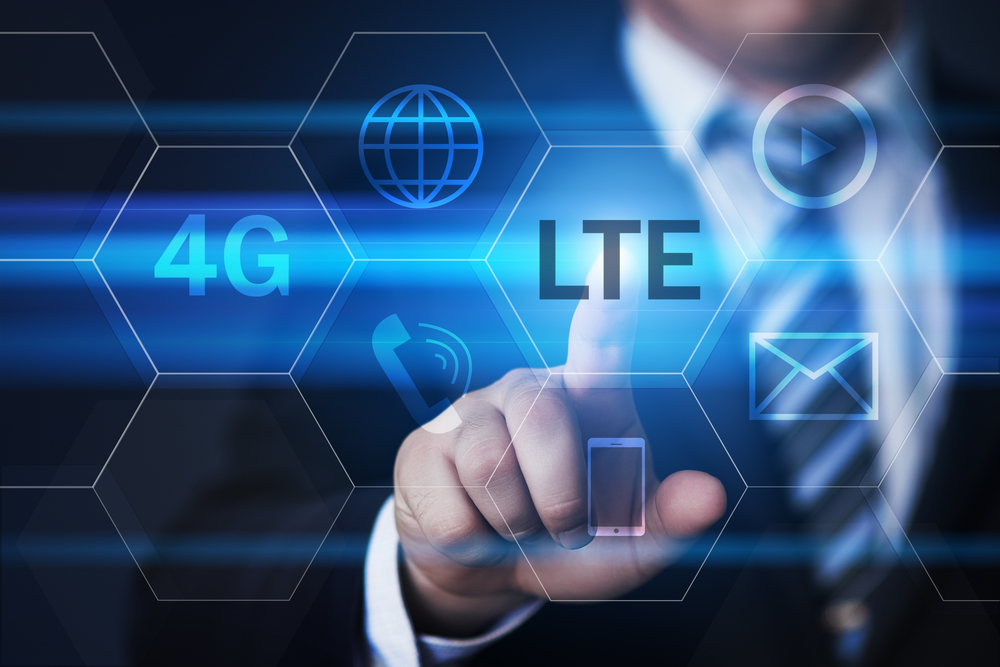

As cellular technology has changed, comparing LTE vs 4G has become increasingly common for businesses, but not always for the reasons you might think.
There is a degree of confusion around the two technologies, largely driven by unhelpful marketing within the sector. In some cases, customers have been presented by products jointly referred to as ‘4G LTE’, which only adds to the confusion.
Both technologies reached maturity at the same time, as the successors to the third-generation (3G) of wireless communications technology. At the time of their respective releases, each was hyped as a big step forward for mobile networking.
LTE vs 4G: All the various terminology explained
To understand the difference between LTE and 4G, it’s crucial to explore how both rose to prominence, as well as how these technologies work.
What is 4G?
4G is the fourth-generation mobile communication. The organization that sets out the standards for 4G is called the International Telecommunications Union, or ITU-R for short.
It has stipulated that 4G technology needs to have a peak speed of 100 Mbits/sec for connections known as “high mobility", such as for vehicles, and 1 Gbits/sec for “low mobility” stationary connections.
Despite 4G standards being set by the ITU-R, it does not function as a regulatory body and has not set out a restrictive definition.
This means it has no control over how 4G is marketed, which goes towards explaining why you might encounter 4G rates that are lower than the ITU-R’s baseline. Around the world, operators advertise LTE as 4G, as that is how they have chosen to define the technology.
What is LTE?
Long-term evolution (LTE) is a wireless communication standard. While it is faster than 3G, which used to have data rates measured in kilobits per second (Kbits/sec) instead of megabits per second (Mbits/sec) or even gigabits per second (Gbits/sec). it’s still slower than “true” 4G.
It has sometimes been called 3.95G due to its proximity to 4G speeds and vast differences from 3G - it can offer around 100 Mbits/sec, around one-tenth the static speeds of ‘true’ 4G.
What is MIMO?
MIMO stands for multiple-input and multiple-output and is a type of antenna technology that increases the bandwidth of a radio connection, which at their core every mobile telecommunications technology is formed from, including 4G and LTE.
Simply put, multiple input and output refers to the that fact multiple antennas are deployed at both the transmitter and receiver, otherwise known as the source and the destination.
It allows a network to send and receive multiple data points concurrently, as long as it's on the same channel. This means more than one antenna can be used to provide a device with a sturdier connection and essentially fills the gaps to offer the best service possible.
In this way MIMO allows LTE to get much closer to the 4G speeds set down in the ITU-R's standards.
Why is LTE confused with 4G?
LTE has come to be known as 4G around the world due to marketing. Alternative names for the technology, such as 3.95G, were simply seen as being less effective for conveying the leap between 3G and LTE.
RELATED RESOURCE
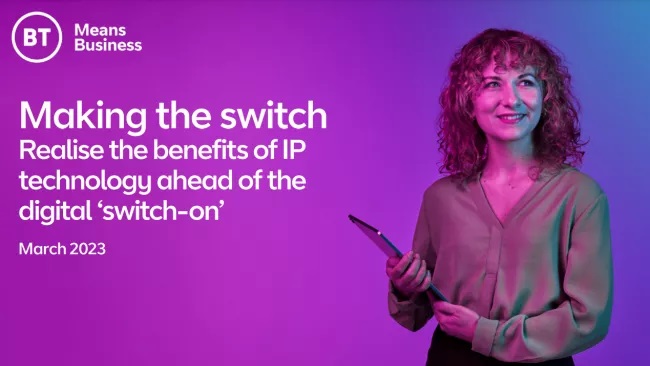
Making the switch
Realise the benefits of IP technology ahead of the digital ‘switch-on’
Many mobile network operators have capitalized on the confusion to sell LTE as 4G and, as the ITU-R has no enforcement power, nobody has worked to curtail this.
To add further confusion, there is also a faster version of LTE technology, which on paper can approach the speeds of 4G, known as LTE-Advanced (LTE-A), or sometimes 4G+.
LTE-A was first proposed in Japan and is available around the world. It was conceived as a network technology that could approach 1Gbits/sec, but in practice has been seen to operate at just 300 Mbits/sec.
Is 4G better than LTE?
If we are considering 4G and LTE based on their definitions as set out by the ITU-R, then yes, 4G does offer faster speeds than LTE.
However, as we have explained, depending on the mobile network you are using, you may not be able to access what is considered 'true 4G'.
What does this mean for 5G?
Having separated LTE vs 4G, you might be wondering how both of these technologies compare to the latest generation of cellular networks – 5G.
Data transfer rates and latency are the main differences between LTE and 5G, with 5G boasting a theoretical top speed of 20Gbits/sec and latencies around 10-20ms.
But beyond the obvious, LTE and 5G have other differences. Both use different network spectrums - LTE and 4G are most often deployed between 800-3200MHz, while 5G can be found at the ‘mid band’ of 3.3-3.8 GHz in most regions and (except 3.7-4.98 GHz in the US.
The US is among a number of countries that also deploy 5G at high-frequency spectrums known as millimetre-wave (mmWave). This allows for extremely fast speeds and low latency over a short distance, with multiple gigabits per second for both downloads and uploads.
The US and Japan have allocated 28GHz as the band for mmWave, while the international standard elsewhere is 26GHz.
Network ‘sunsets’, in which networks such as 2G and 3G are switched off, are also considerations in the present and near future.
This will present opportunities for both 5G and 6G (when it arrives) to make use of radio bands that would otherwise have been in use, and also allow network operators to save money running outdated and hardly-used network equipment.
Though 5G has continued to expand worldwide, Ericsson has predicted that the technology will not eclipse 5G until 2027. In 2023, LTE still makes up 61.4% of mobile connections, compared to just 17.6% that fall under 5G.
Get the ITPro daily newsletter
Sign up today and you will receive a free copy of our Future Focus 2025 report - the leading guidance on AI, cybersecurity and other IT challenges as per 700+ senior executives

Jane McCallion is Managing Editor of ITPro and ChannelPro, specializing in data centers, enterprise IT infrastructure, and cybersecurity. Before becoming Managing Editor, she held the role of Deputy Editor and, prior to that, Features Editor, managing a pool of freelance and internal writers, while continuing to specialize in enterprise IT infrastructure, and business strategy.
Prior to joining ITPro, Jane was a freelance business journalist writing as both Jane McCallion and Jane Bordenave for titles such as European CEO, World Finance, and Business Excellence Magazine.
-
 Bigger salaries, more burnout: Is the CISO role in crisis?
Bigger salaries, more burnout: Is the CISO role in crisis?In-depth CISOs are more stressed than ever before – but why is this and what can be done?
By Kate O'Flaherty Published
-
 Cheap cyber crime kits can be bought on the dark web for less than $25
Cheap cyber crime kits can be bought on the dark web for less than $25News Research from NordVPN shows phishing kits are now widely available on the dark web and via messaging apps like Telegram, and are often selling for less than $25.
By Emma Woollacott Published
-
 Nokia and NASA join forces to bring 4G to the moon
Nokia and NASA join forces to bring 4G to the moonNews Cellular service will provide the communications needed for meaningful moon exploration
By Tyler Omoth Published
-
 Birmingham crowned the fastest UK city for 4G download speeds
Birmingham crowned the fastest UK city for 4G download speedsNews While Birmingham also recorded the highest speed hike over 2019, London came in at a middling 9th place
By Keumars Afifi-Sabet Published
-
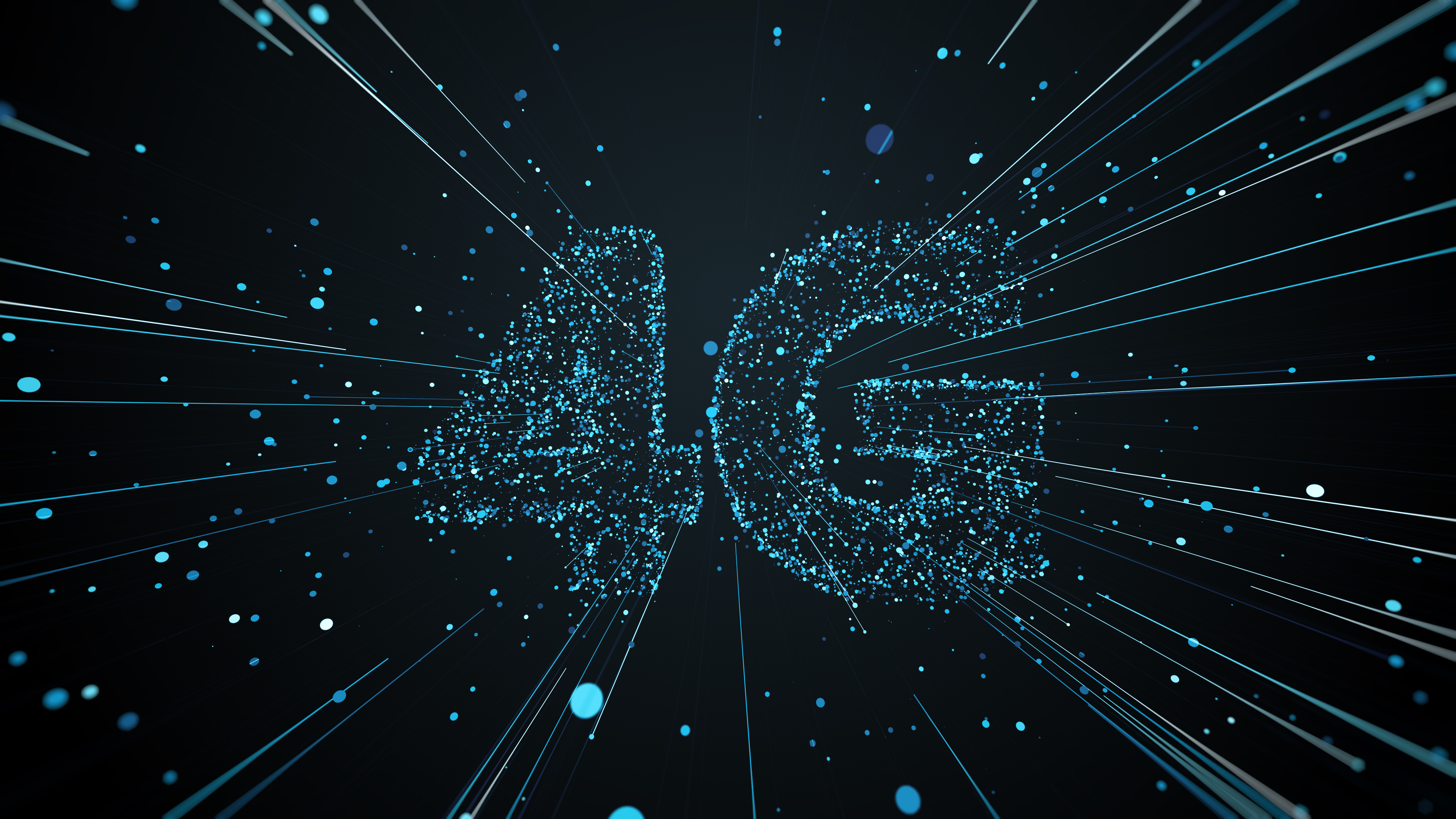 What is 4G?
What is 4G?In-depth A look at the fourth generation of mobile networking technology and its availability in the UK
By Rene Millman Last updated
-
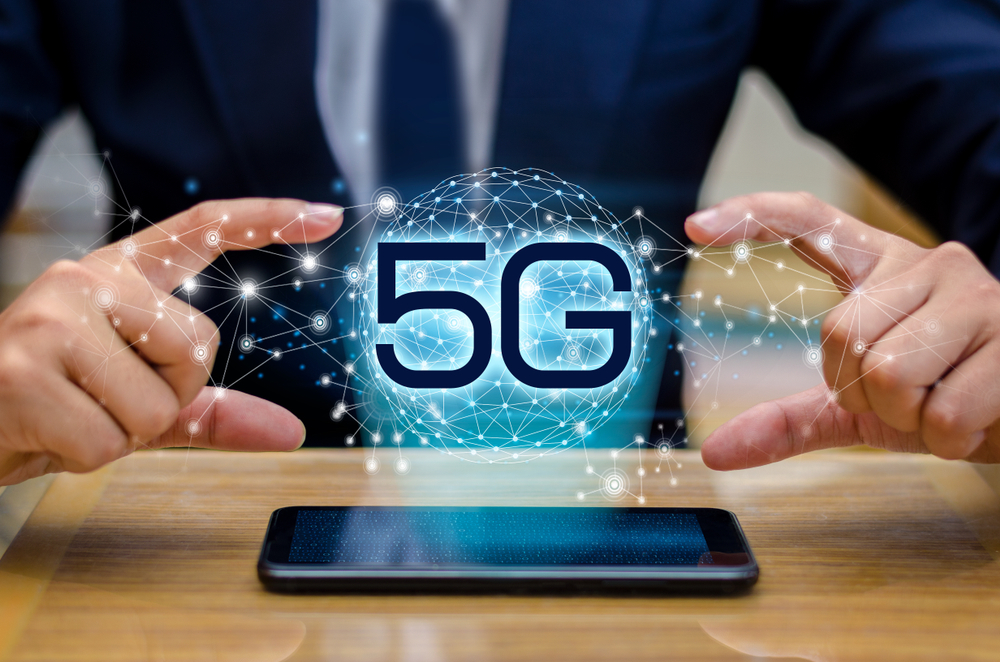 4G vs 5G - what's the difference?
4G vs 5G - what's the difference?Vs From 3G to 4G, mobile connectivity has revolutionised our lives. Now 5G is set to do it again
By Bobby Hellard Published
-
 The best 4G network
The best 4G networkIn-depth Every mobile provider offers 4G contracts, but which one is the best for you?
By Carly Page Last updated
-
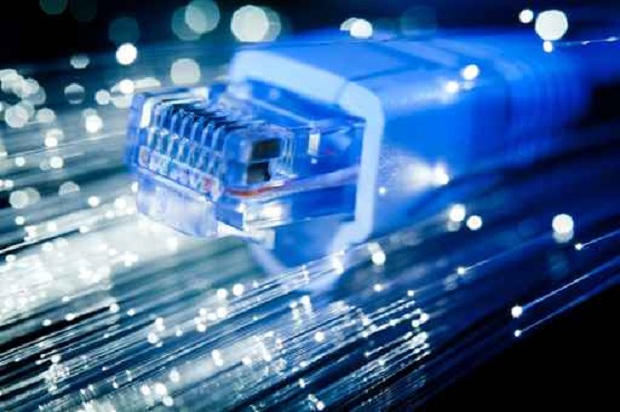 More than a million UK properties don't have access to 'decent' broadband speeds
More than a million UK properties don't have access to 'decent' broadband speedsNews Ofcom's Connected Nations report finds broadband is still lacking across 4% of the UK
By Roland Moore-Colyer Published
-
 4G London Underground coming in 2019, following successful tests
4G London Underground coming in 2019, following successful testsNews No more internet blackspots, even under ground
By Alan Martin Published
-
 Online-only smartphone sales key driver for 4G device uptake
Online-only smartphone sales key driver for 4G device uptakeNews Shipments of 4G devices are expected to increase by 8.67% CAGR between 2017 and 2021
By Clare Hopping Published